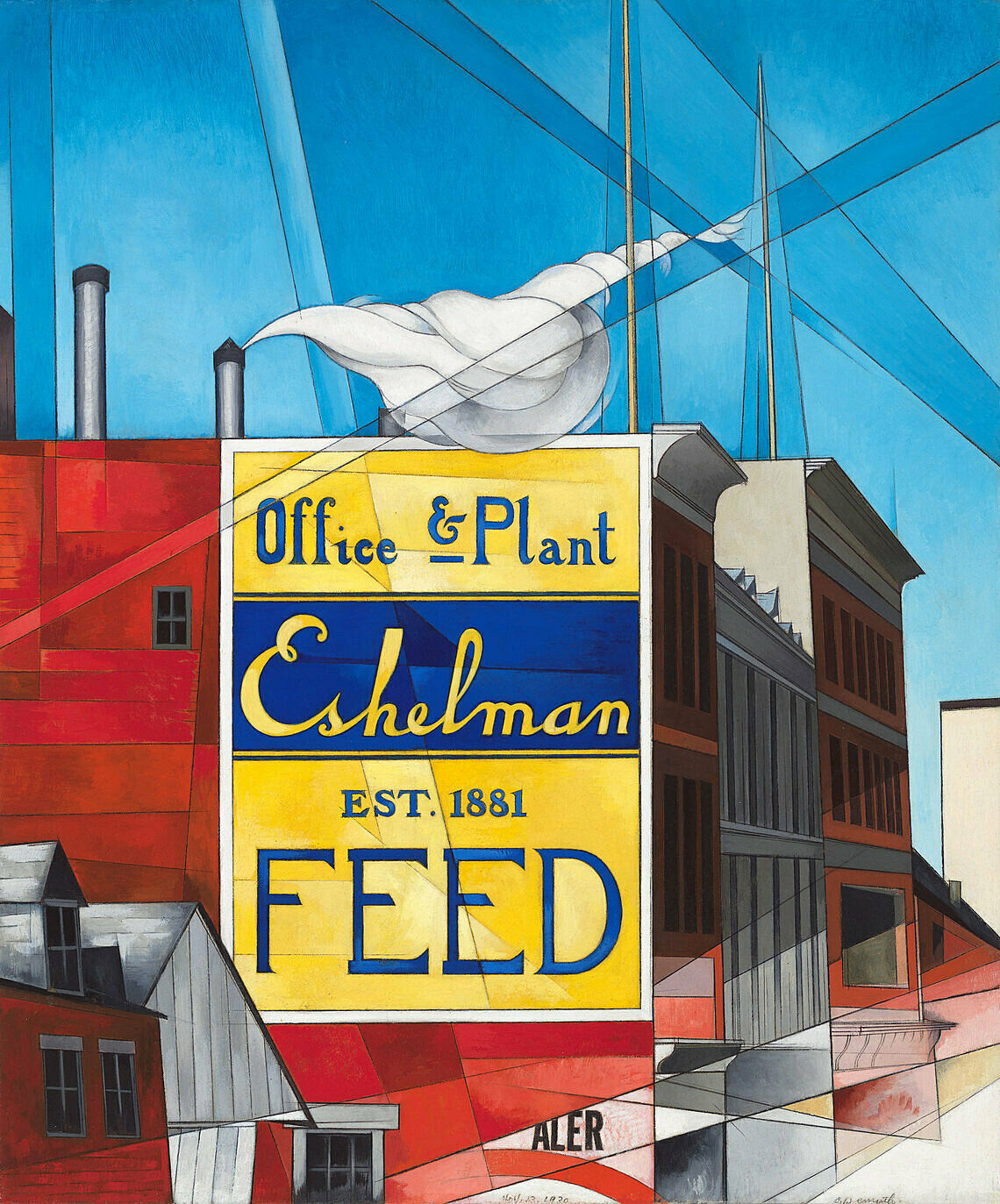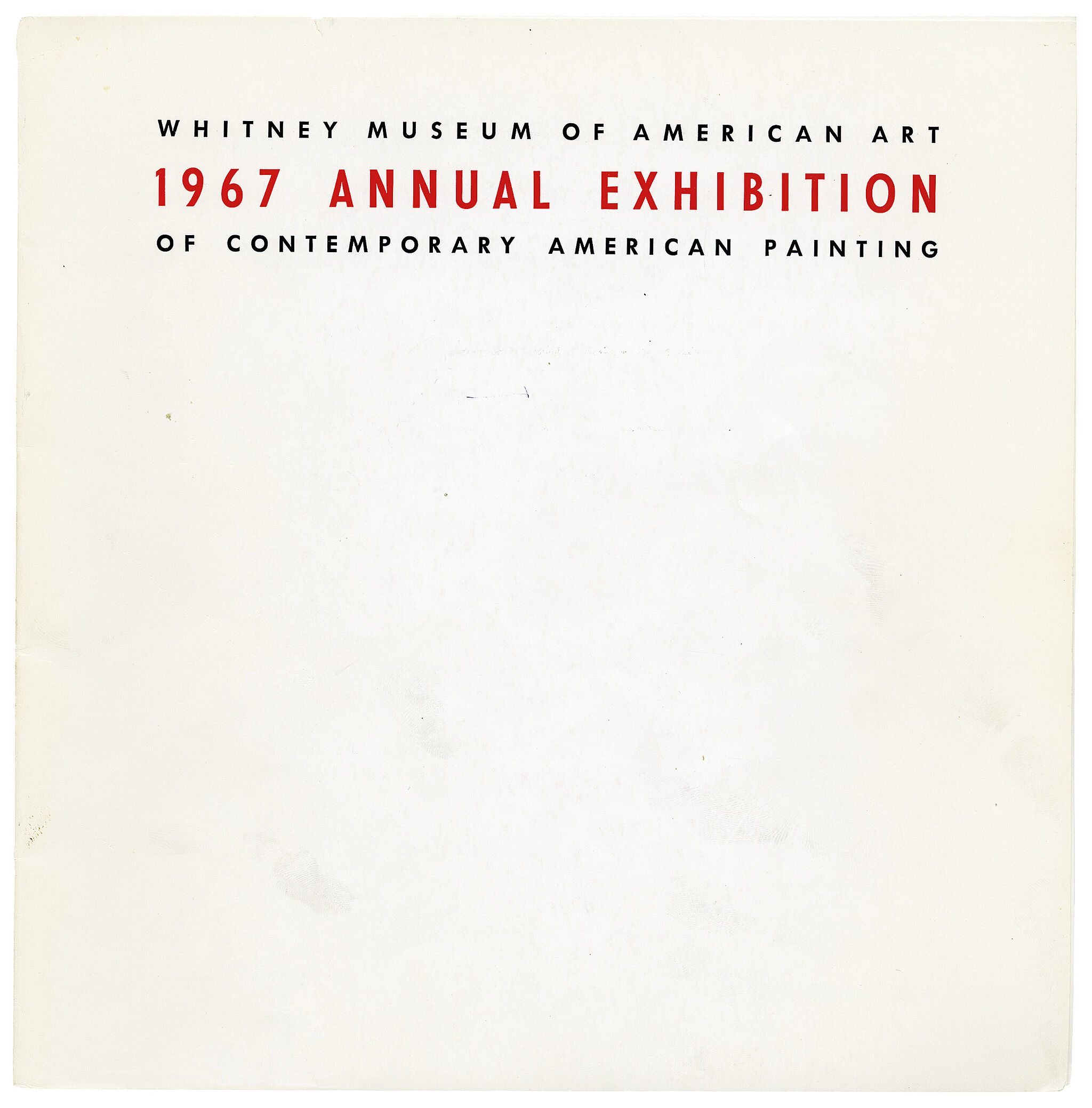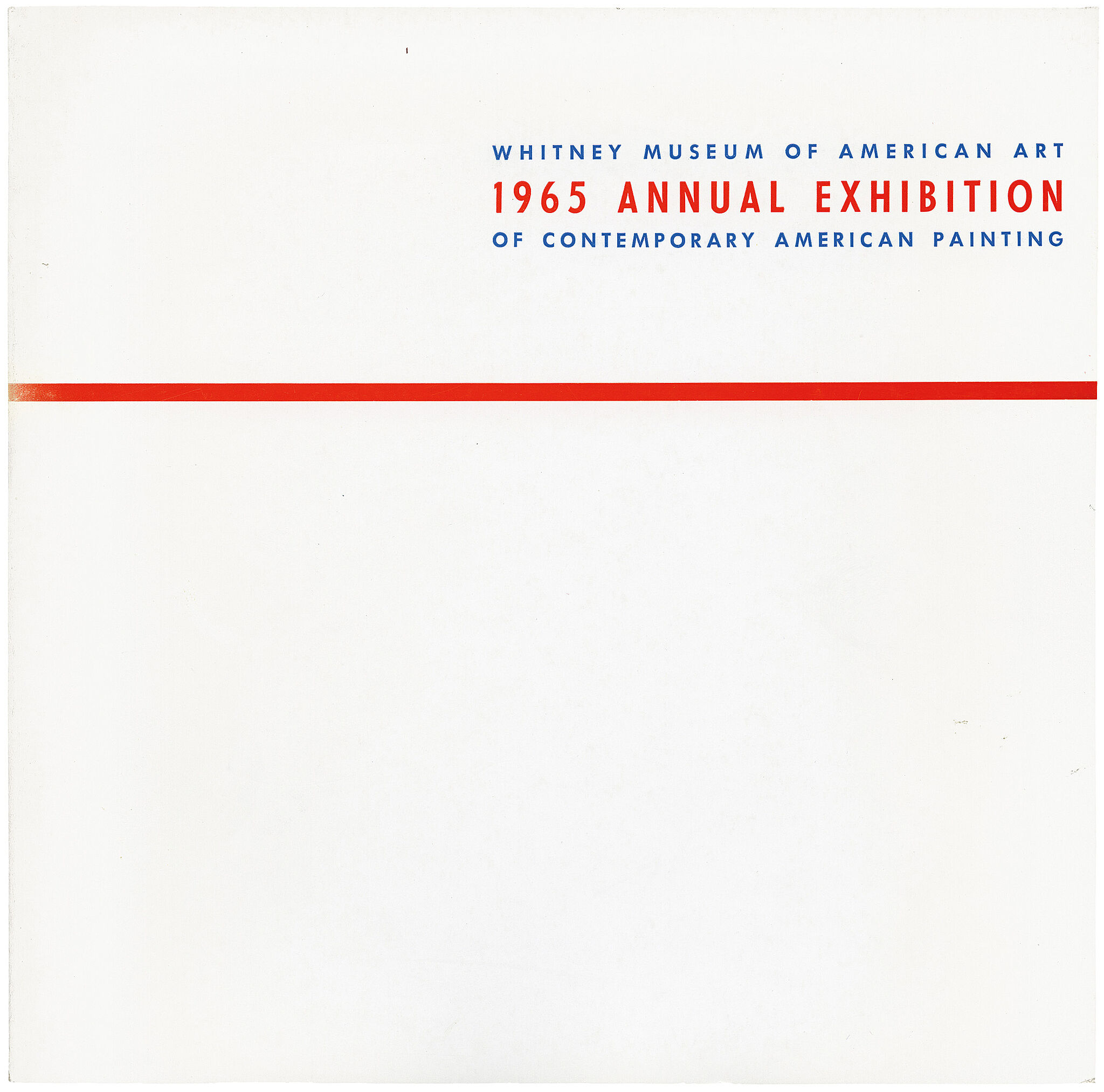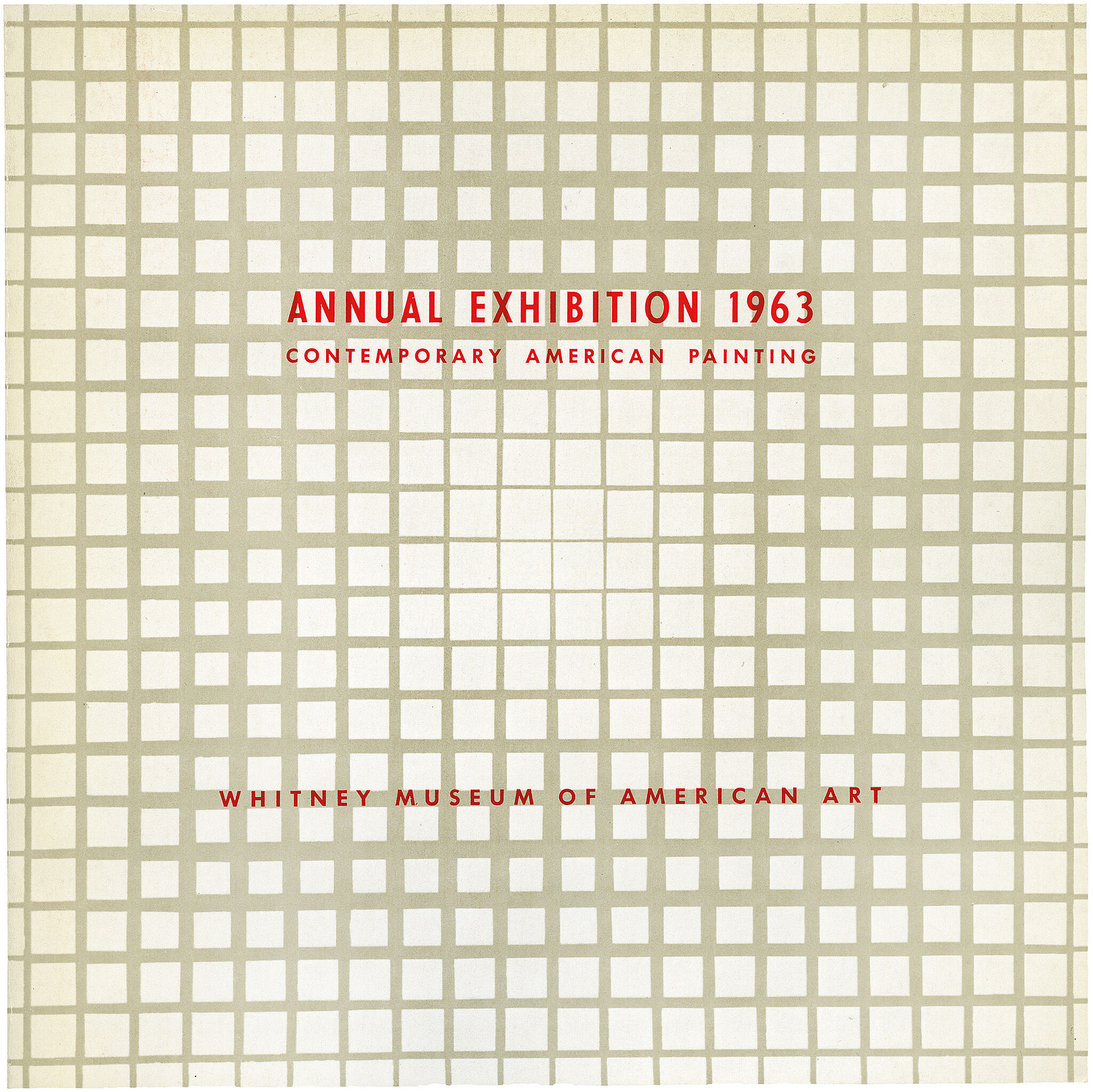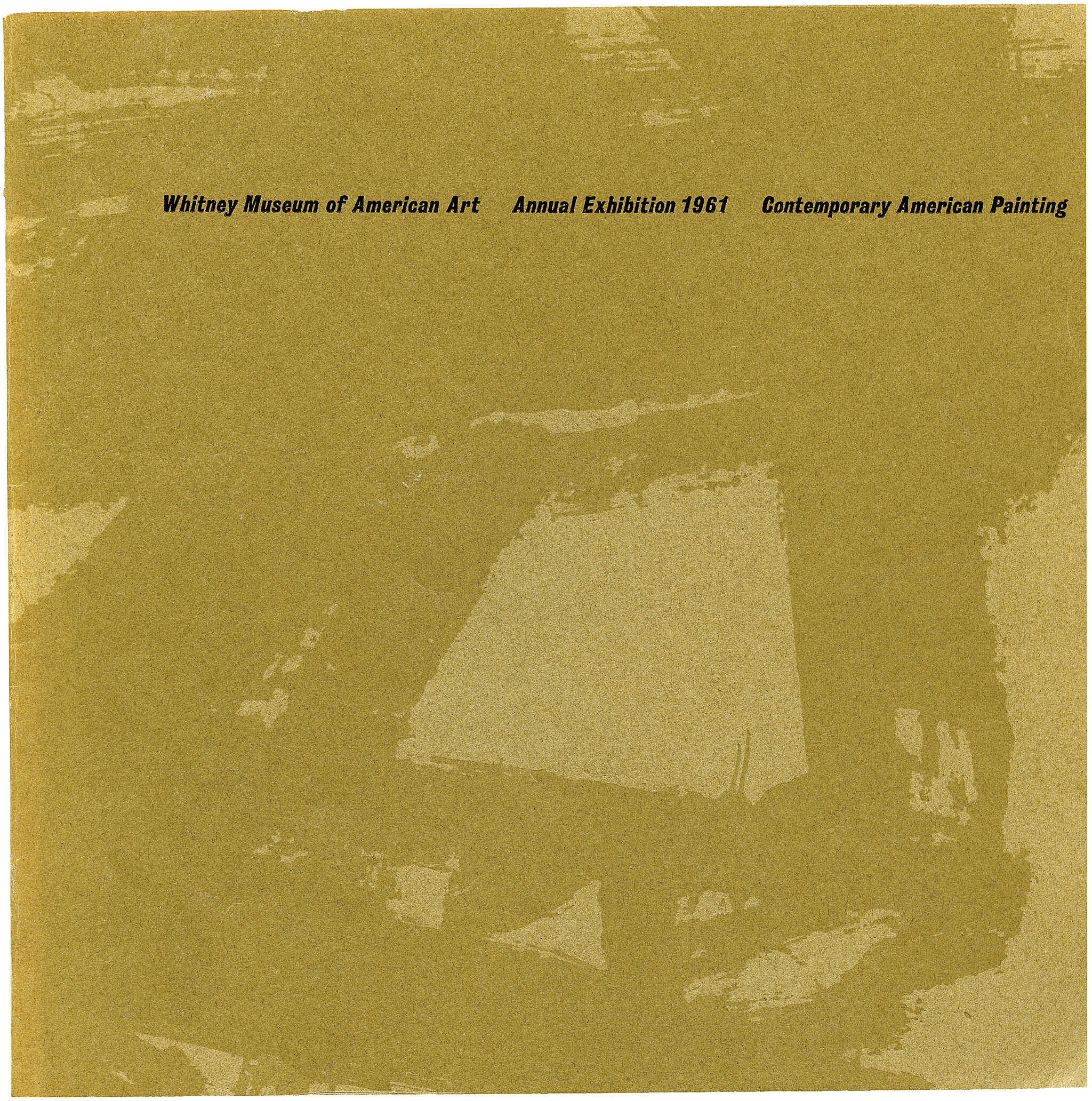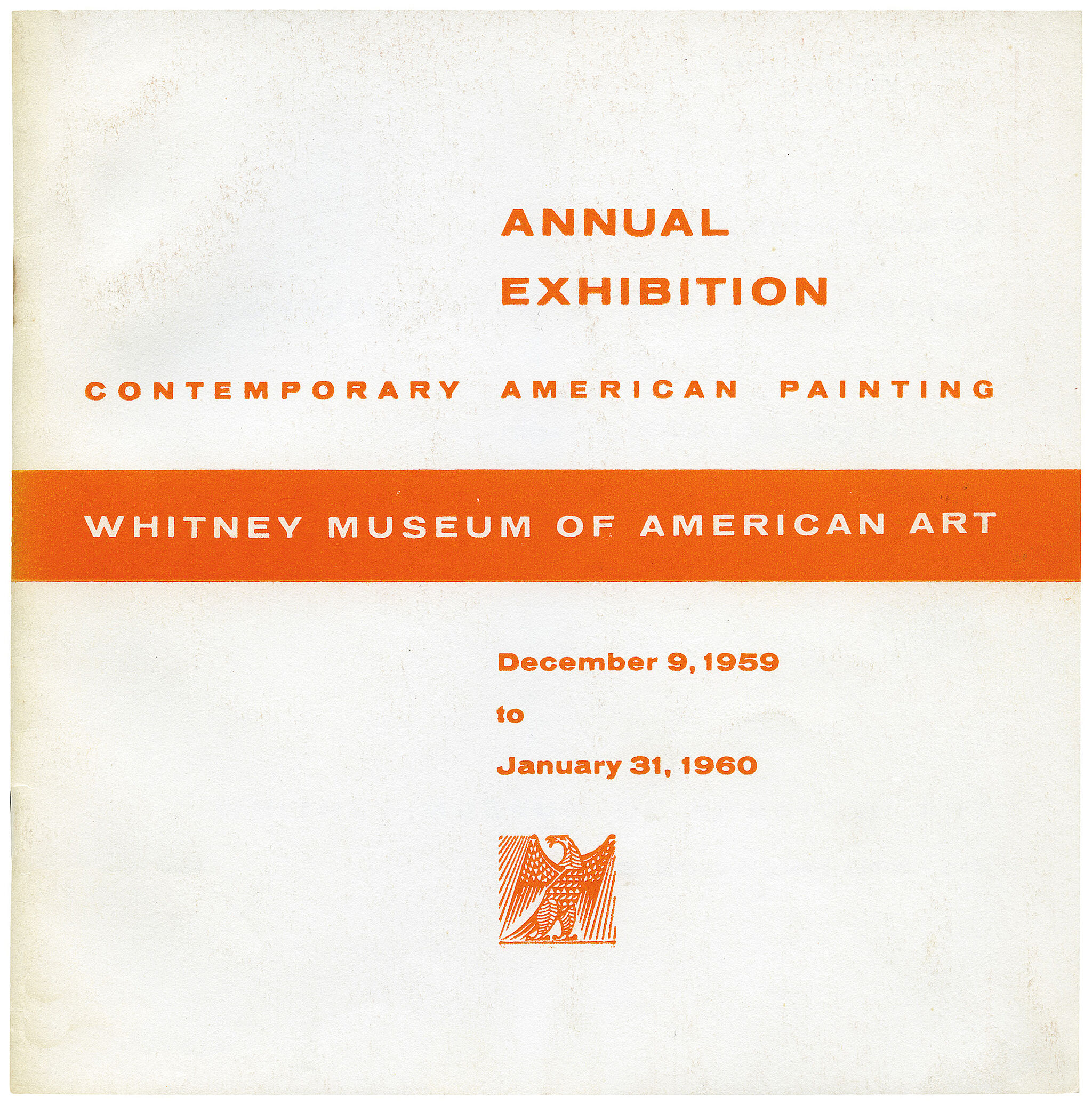Fairfield Porter
1907–1975
Despite the rise of Abstract Expressionism and Pop art in the decades following World War II, Fairfield Porter remained faithful to a figurative style of painting. This individualistic path accorded with his interest in portraying intimate domestic interiors and exploring light effects—concerns that linked his work to the American Realist tradition of painters such as Thomas Eakins and Edward Hopper. By the early 1960s Porter had expanded the scale of his canvases and increasingly utilized broad areas of color to compose his paintings. In this life-sized composition, the artist portrays four figures on the back porch of his house in Great Spruce Head, Maine, which he used as his studio during the summertime. Inside are two of his children, Kate and Lizzie, and the poet James Schuyler, who lived with the family for twelve years; the artist’s wife, Anne, stands outside. The figures do not interact or display emotion, instilling this everyday scene with tension and mystery.
Porter emphasized that he was interested not in narrative elements but, rather, in capturing underlying formal relationships: “When I paint I try not to see the subject as what it is; I try to see only very concrete shapes which have no association except as themselves.” This concern is apparent in his attention to the geometric armature of the windows, the rhythm of the four figures across the canvas, and the flattened areas of light. Like all of Porter’s canvases, The Screen Porch suggests that the distinction between realism and abstraction is not always clear cut.
Introduction
Fairfield Porter (June 10, 1907 – September 18, 1975) was an American painter and art critic. He was the fourth of five children of James Porter, an architect, and Ruth Furness Porter, a poet from a literary family. He was the brother of photographer Eliot Porter and the brother-in-law of federal Reclamation Commissioner Michael W. Straus.
While a student at Harvard, Porter majored in fine arts; he continued his studies at the Art Students' League when he moved to New York City in 1928. His studies at the Art Students' League predisposed him to produce socially relevant art and, although the subjects would change, he continued to produce realist work for the rest of his career. He would be criticized and revered for continuing his representational style in the midst of the Abstract Expressionist movement.
His subjects were primarily landscapes, domestic interiors and portraits of family, friends and fellow artists, many of them affiliated with the New York School of writers, including John Ashbery, Frank O'Hara, and James Schuyler. Many of his paintings were set in or around the family summer house on Great Spruce Head Island, Maine and the family home at 49 South Main Street, Southampton, New York.
His painterly vision, which encompassed a fascination with nature and the ability to reveal extraordinariness in ordinary life, was heavily indebted to the French painters Pierre Bonnard and Édouard Vuillard. John Ashbery wrote of him: "Characteristically, [Porter] tended to prefer the late woolly Vuillards to the early ones everyone likes".
Porter said once, "When I paint, I think that what would satisfy me is to express what Bonnard said Renoir told him: 'make everything more beautiful.'"
Wikidata identifier
Q5430337
Information from Wikipedia, made available under the Creative Commons Attribution-ShareAlike License . Accessed December 20, 2025.
Country of birth
United States
Roles
Artist, author, lithographer, painter, writer
ULAN identifier
500032358
Names
Fairfield Porter
Information from the Getty Research Institute's Union List of Artist Names ® (ULAN), made available under the ODC Attribution License. Accessed December 20, 2025.

